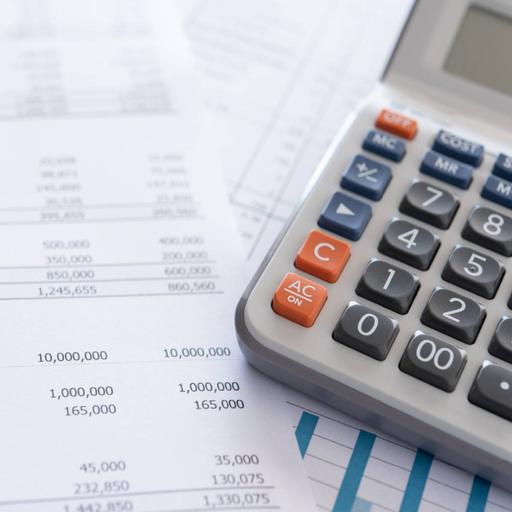Double Entry Book of Accounting
Presentations | English
According to the double entry accounting system (DEAS), a transaction affects at least two accounts and the debit and credit amounts recorded for the affected accounts must be balanced. These transactions will be recorded in the books of accounts. Business entities develop a chart of accounts, a list of account titles with their corresponding account codes that the business will use in recording and posting in the books of accounts and in reporting in the financial statements. It was invented for the first time by 'Lucas Pacioli’ of Italy in the year 1494 in Venice but it was developed in England. This system is based on the truth that every business transaction involves two parties (1) Receiver and (2) Giver. There cannot be any business transaction by only one party. If one part is giver of anything, there must be one more party-receiver. If one part is seller; there must be the other party purchases. Receiver of the transaction is debtor, and the giver is the creditor. Thus, the transaction take place between two parties, according to DEAS every transaction is recorded twice. One party is the debtor and the other party is giver. Receiver is the debtor and giver is the creditor.

Free
PPTX (56 Slides)
Double Entry Book of Accounting
Presentations | English
